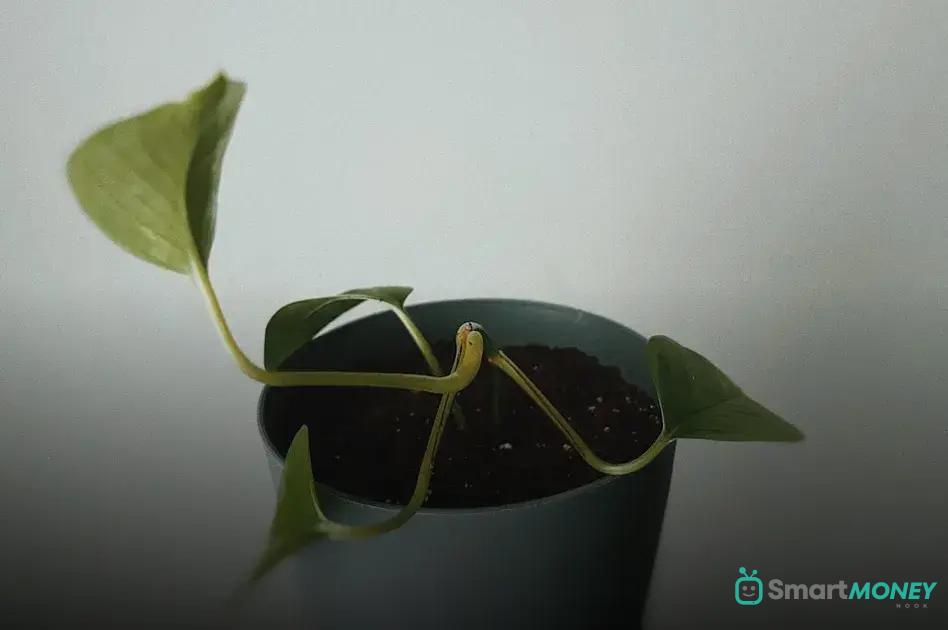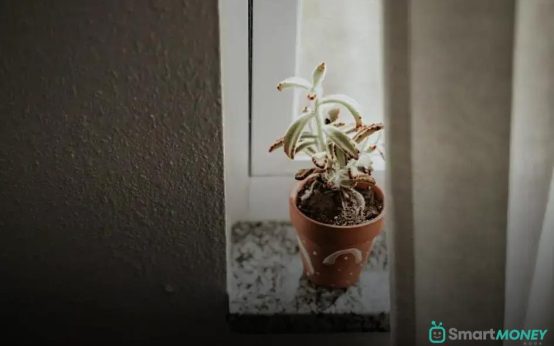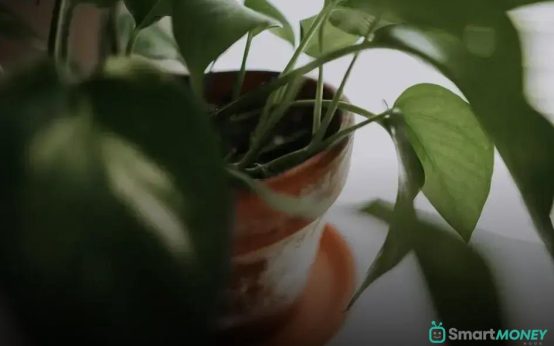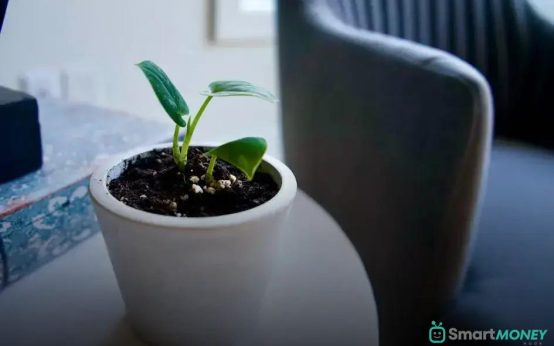Starting a plant journal is an excellent way to observe and document the growth of your plants. This practice not only enhances your gardening skills but can also become a therapeutic hobby. By using a plant journal, you can make detailed notes on plant progress, experimenting with different care techniques, and capturing the beautiful journey of growth. Dive into the world of plant documentation with these easy steps and watch your green thumb flourish!
Choosing the Right Supplies for Your Plant Journal
When creating your plant journal, having the right supplies is crucial for an effective tracking system. Start with a sturdy notebook or binder that can withstand frequent handling and possible exposure to garden elements. Opt for one with plain, lined, or dotted pages based on your preference for writing or sketching plant details.
Writing tools play a significant role in maintaining your journal. Consider using pens with waterproof ink to ensure longevity, especially if you often take notes outdoors. Colored pencils or markers can help differentiate between types of plants or stages of growth.
Labels and tags are useful for keeping track of individual plants, particularly if your journal covers a large number of species. They help align specific journal entries with plants in your garden.
Incorporate a ruler or measure tape to accurately document plant growth and spatial distribution in your notes. This aids in visualizing development and planning future planting arrangements.
Photographs offer a visual element to your journal, so consider a camera or smartphone with good quality resolution. Capturing images alongside written notes provides a richer history of your plants’ journeys.
Lastly, pockets or pouches can be interspersed within your journal for storing leaves, petals, or seed packets related to your plant’s lifecycle. These physical additions can enhance the depth of your documenting process.
How to Set Up Your Plant Journal

When setting up your plant journal, it’s essential to focus on structure and organization. Start by selecting a user-friendly notebook or a digital app. Choose one that offers flexibility for customization. Consider utilizing sections for plant profiles, growth logs, and observations.
Create individual pages for each plant to document its unique needs and characteristics. Include spaces for noting the date of planting, type, and any specific requirements. Use bullet points for quick notes on watering schedules, preferred light conditions, and soil type.
Organize your entries chronologically. This helps in observing patterns and understanding your plant’s lifecycle. You might want to include a section for
growth measurements
. Record height, leaf count, and any specific changes. Taking photos regularly and pasting them is also beneficial for visual tracking.
Incorporate a calendar section to stay on top of feeding schedules and pest control routines. Journals with a monthly planner can help you manage tasks efficiently. Consider making a simple table or chart to keep a record of species-specific data.
Essential Elements to Include in Your Journal
- Date and Weather Conditions: Always note the date when you make an entry. Write down each plant’s environment like sunlight exposure and humidity levels.
- Plant Names and Types: Specify the common and scientific names of each plant. Include any important descriptions to identify your plants easily.
- Planting and Growth Updates: Record when seeds were sown or plants were purchased. Capture the growth stages like germination, budding, and flowering.
- Watering Schedule: Keep a log of how often and how much water each plant receives. Use this to identify any patterns or needs.
- Soil and Fertilization: Document the type of soil used and any fertilizers. Note changes in soil conditions or when you add nutrients.
- Pruning and Maintenance: Record pruning activities and any other maintenance tasks. This helps in tracking how these actions impact growth.
- Photographs: Include pictures to visually track your plants’ development over time. Name or date the images for easy reference.
- Pest and Disease Management: If you notice any signs of pests or diseases, describe the issue. Document the methods used for control and their effectiveness.
Tracking Plant Growth Over Time
![]()
Tracking the growth of your plants is a vital aspect of maintaining an effective plant journal. To do this correctly, you need to record regular observations about your plants’ development stages. Begin by noting the germination date of your plants. This is the starting point for most growth tracking logs and can give you an indication of the expected growth timeline.
Next, record the height of your plants at regular intervals. Use a ruler or a measuring tape for accuracy, and note the measurements in both centimeters and inches if possible. This helps gauge how quickly each plant is growing compared to others in your garden.
Include details about the number of leaves and any visible changes such as leaf color or shape. Write down observations if you notice new leaves or if the foliage appears particularly green or yellowish. This can indicate plant health or point to potential issues like nutrient deficiencies.
Pay attention to the blossom dates if you’re journaling flowering plants. Note the first day a bud appears and when it fully blooms. Tracking the flowering process can provide insights into the ideal conditions for your plant’s peak performance.
Use Photos for Visual Records
Incorporate photographs into your journal. Take pictures of your plants consistently from the same angle and distance to maintain consistency. Visual records are crucial for spotting growth patterns that words alone might not convey.
Finally, keep track of your watering and fertilizing routine. Record dates and amounts so you can correlate changes in plant growth or health with fluctuations in care practices. This methodical record-keeping will enable you to make informed adjustments to your gardening practices over time.
Reviewing and Reflecting on Plant Progress
Regularly reviewing and reflecting on plant progress is a crucial step to understanding your plants’ needs and optimizing their care. Set aside time weekly or monthly to examine the entries you’ve made in your plant journal. Consider the growth changes, any patterns, or anomalies you might have noticed.
Use these reflections to make informed decisions about your plant care routine. Adjust watering schedules, light exposure, or feeding based on the current observations. Look for improvements or declines in growth compared to previous entries. Keeping a checklist can help identify areas that require attention.
Compare your observations with key milestones such as new leaves, flowering stages, or height increments. Reflecting also includes assessing the success of any adjustments made. Did the changes result in healthier growth? If not, ponder alternative strategies.
Photos can be valuable here too. Look at past images of your plants alongside recent ones, which provide a visual representation of their development. Visual comparison helps track subtle changes that might be overlooked in written notes.
Keep an open mind and remain adaptable. Not every plant will respond the same way, and external factors always play a role. Learning from each cycle and modifying your approach accordingly is key to thriving plant growth.


 Growing Edible Plants Inside Your Kitchen: Tips & Tricks
Growing Edible Plants Inside Your Kitchen: Tips & Tricks  How to Rescue a Dying Houseplant: Easy Tips and Tricks
How to Rescue a Dying Houseplant: Easy Tips and Tricks  Caring for Plants in a Humid Apartment: Essential Tips
Caring for Plants in a Humid Apartment: Essential Tips